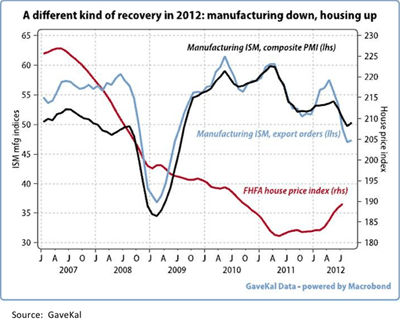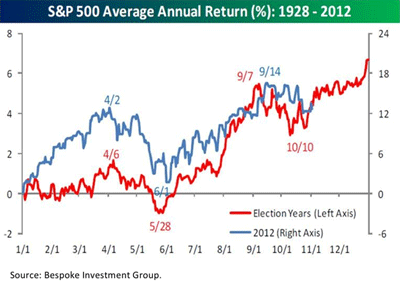“A New Queen Bee”
November 5, 2012
By the time a queen bee is five she is old and no longer reproduces, leaving her army of honeybees torn between loyalty and survival. Since the hive cannot survive without a productive queen, the beekeeper reached into the hive with a long-gloved hand and squashes the enfeebled queen. With the entire hive as witness, all know the queen is dead. Absent the scent of their leader, the honeybees panic.
But the beekeeper is prepared, having ordered a new queen from a bee breeder. Arriving in a two-inch-long wooden box with a screen at the top and bottom, the queen is accompanied by a court of six to eight escort bees who care for her every whim, cleaning and feeding her, removing her waste. At one end of the box a tiny piece of hard candy blocks access to the queen. When the box is inserted into the hive, the first instinct of the worker bees, who immediately know she has the wrong scent, is to kill the new queen. The workers struggle to reach her, but are blocked by the candy. Soon they become diverted by the sweet, and over the two or three days it takes to eat through it they succumb to the enticement. Their fealty is won. All hail the new queen bee.
... “Three Blind Mice,” Ken Auletta
Something similar to that “queen bee” sequence may be happening currently. The “old queen,” at least in the private sector, was driven by exports and manufacturing. Recently, however, the vigor of those sectors has been waning (see chart on page 3). Meanwhile, the housing market has been picking up noticeably. Indeed, residential construction rose more than 14% recently, contributing 0.33 percentage points to GDP. Additionally, home prices are rising, which not only drives expenditures for equipping a new home but also contributes mightily to consumers’ wealth effect. That wealth effect was recently reflected in 3Q12 consumption spending that expanded by 2%. Ladies and gentlemen, a resurgence in housing will help a lot with the employment numbers, not to mention what the rebuilding will do in the wake of the Hurricane Sandy tragedy. To be sure, our real estate analysts think the housing recovery is for real and I agree. I also believe that manufacturing and exports will regain strength once the Presidential election and “fiscal cliff” situations are resolved.
Last Friday, however, the stock market seemed to question the believability of the aforementioned thoughts as the Doleful Dow sunk a rather large ~140 points (INDU/13093.16). Also chiming in was a 1.26% decline in the NASDAQ Composite (COMP/2982.13) and a 0.94% slide by the S&P 500 (SPX/1414.20). I was actually surprised by Friday’s Fade, but I should not have been for it is not unusual to see the SPX fail at its first attempt to surmount an important retracement level like the 1426 – 1429 zone. Regrettably, that “fail” left the SPX back below my 1418 pivot point. Recall, I was terming the 1418 pivot point as a key “energy level” on the way down, a level I thought the SPX should have held above. Last week, in my daily reports (The Morning Tack), I opined that if we could get above 1418, and then travel decisively above the 1426 – 1429 level, the stock market’s upside would be reestablished. Nevertheless, while Friday was disappointing, I don’t want to raise the red flag quite yet because as often stated, “The SPX has to break below 1390 before anything really bearish could be developing.” Even if that occurs, I think it would be a false breakdown like the one we identified on October 4th of last year.
Those beliefs are bolstered by the various divergences that are developing. For instance, unlike previous declines, in this one the credit markets are holding up rather well. Likewise, the economic reports are coming in better than expected. Moreover, 61.3% of the 1,465 companies in the S&P 1500 that have reported earnings have beaten their estimates, bearish sentiment is pervasive, the Presidential trading pattern identified by our friends at the brainy Bespoke organization indicates stocks should firm from here (see chart on page 3), the only sector that has really been smashed in this decline has been Technology while the other sectors have merely consolidated, we are in the seasonally strongest months of the year, money managers are underinvested and underperforming, gasoline prices are down more than 18% since August (each penny decline puts another $1 billion into the hands of the consumer), and the list goes on.
Interestingly, last week the three sectors that held up the best were Consumer Discretionary (+1.40%), Materials (+1.40%), and Financials (+1.22%). Such sector strength is not typical of what you see heading into the recession so many pundits are forecasting. Also not typical is that the SPDR S&P Homebuilders ETF (XHB/$26.36) broke out to a new reaction high last week. Clearly, housing is recovering, as reflected by the huge gains in the homebuilding stocks this year. That stock strength caused our fundamental housing analysts to downgrade most of the companies in their research universe due to their short-term price performance. Still, housing looks to be an undiminished investment theme over the long run. While I too am shy of the homebuilders in the near-term, a second derivative play on the homebuilders, favored by our fundamental real estate analysts, remains 3.5%-yielding Rayonier Inc. (RYN/$49.15/Strong Buy). As they write in their company comment of October 26, 2012:
We reiterate our Strong Buy rating on Rayonier following 3Q results, as we believe RYN shares offer one of the most compelling risk/reward profiles in our REIT coverage universe. We view Rayonier as a special situation within REITs, driven by compelling growth prospects for its performance fibers business and a growing dividend (+33% since 2009), which also offers investors a unique way to play improving residential construction activity.
The call for this week: I am in Europe for the next few weeks seeing accounts, speaking at conferences, cohosting CNBC Europe, conferring with PMs, etc.; so, this will be the last weekly strategy report for a while. Also in my absence, the daily strategy reports (The Morning Tack) will be penned by my colleagues Art Huprich and Dr. Scott Brown. Today and tomorrow are probably going to be rather “flat” as participants ponder Tuesday’s Presidential election. After that, the near term direction of the equity markets will likely be driven by who is elected.

Click here to enlarge

Click here to enlarge











